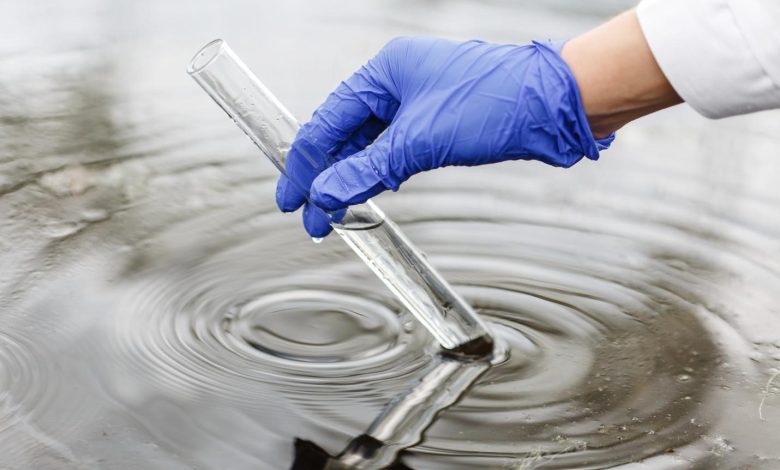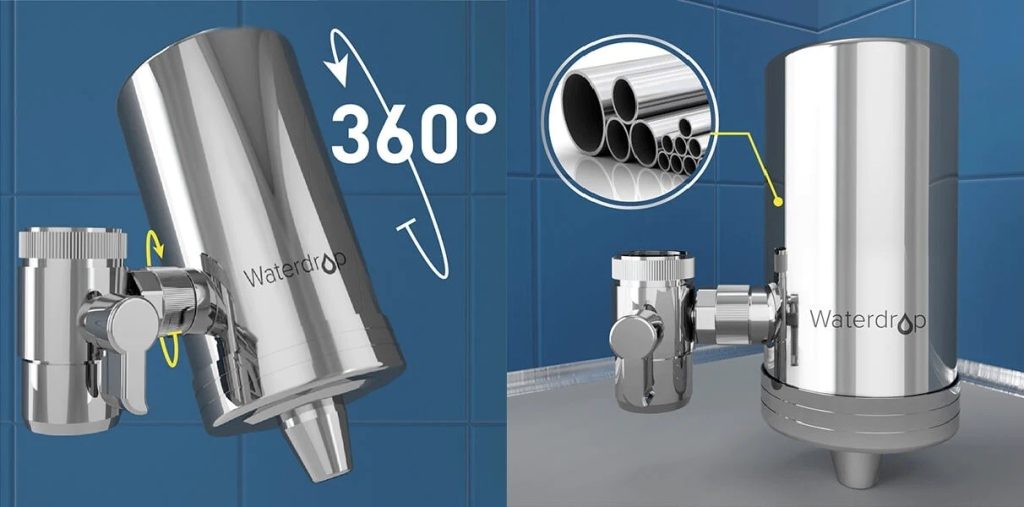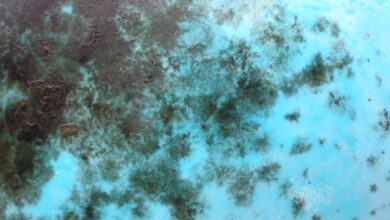What are the best water filters for PFAS?

Per- and Polyfluorinated Substances (PFAS) are a group of artificial chemicals resistant to heat, oil, and water. These chemicals have been around since the mid-20th century and have found a wide range of applications in different industries and commercial setups.
For instance, PFAS chemicals are often used in life and you will find them in products like stain-resistant carpets, paints, polishes, food packaging, non-stick cookware, and water-resistant shoes and clothing.
PFOA and PFOS
Two sub-groups of PFAS have been banned for use because of the dangers they pose. These are Perfluorooctanoic acid (PFOA) and Perfluorooctane sulfonic acid (PFOS). These chemicals were formerly used in household products like stain repellants, cleaning products, and non-stick kitchenware. They were also found in some food packaging and water-resistant clothing.
The increasing awareness about the harms of these compounds to the environment has made more people understand why it is unsuitable for use. For instance, they cause air pollution and contaminate the water sources near industrial factories where they are produced.
Water Contamination by PFAS
Water contamination by PFAS happens when these chemicals enter a water source. This happens in different ways. For example, eating foods and water contaminated with these chemicals or using products made from them can lead to large-scale contamination.
People living in areas close to factories where PFAS chemicals are released as byproducts are more likely to experience PFAS water contamination. This is the same for neighborhoods close to oil refineries, military bases, and airports because the PFOS and PFOA used in fire foam contaminate the water through surface runoff.
However, what remains uncertain is how possible it is to remove these chemicals from the water sources before humans consume them. A 2016 research on PFAS revealed that more than six million Americans drink PFAS-contaminated water. The water sources, in this case, contain PFAS levels higher than what the EPA recommends as safe.

Effect of PFAS on People’s Health
PFAS are called the “forever chemicals” because they do not break down quickly like other chemicals. Therefore, they persist and accumulate in the environment for as long as possible. They become harmful to our health when they build up in our bodies.
The EPA has established that PFAS compounds can trigger different adverse processes in our bodies. These include rising cholesterol levels, fluctuating infant birth weights, and weak immune systems. The latter often leads to cancer and related diseases and thyroid hormone disruption.
Removing PFAS in Water
People frequently come in contact with PFAS by drinking water from PFAS-contaminated water supplies. While the EPA and states are working hard to regulate and clean up PFAS chemicals from the environment, especially in drinking water, it will most likely take several years or decades to see a significant process. It is, therefore, advisable that we take action in our capacities.
Protecting Ourselves from PFAS Chemicals in Drinking Water
Activated carbon treatment is effective against PFAS in water because activated carbon can effectively adsorb natural organic compounds. Additionally, it adsorbs odor, taste compounds, and synthetic organic chemicals in water treatment systems.
Most water filters have activated carbon as one of their filter materials, including refrigerator filters, pitcher filters, faucet-mounted filters, and others: the Duke University and N.C. State University have published separate studies to confirm that activated carbon filters can effectively remove up to 73% PFAS contaminants.
However, they also reported the inconsistency and unpredictability of the effectiveness of activated-carbon filters. The test results for the tests carried out vary significantly. These activated-carbon filters are only effective against longer-chain PFAS but not the shorter-chain versions.

Reverse osmosis filters rely on a high-pressure, partially permeable membrane to separate ions from unwanted molecules and larger particles. This makes them the most effective technology to remove PFAS in water.
According to research undertaken by N.C. State University and Duke University, 76 home water filtration systems were assessed based on their capabilities to reduce PFAS. Of the investigated systems, reverse osmosis has the highest effectiveness—way higher than refrigerator filters, whole-house filters, pitcher filters, and other filter types.
The RO filter systems could reduce GenX and other PFAS chemicals by 94% or more. This relatively high efficiency is due to numerous pores of 0.0001 microns on the high-pressure membranes. This means only big enough components—water molecules—can pass through the membrane, while bigger components, including PFAS, are blocked out.

Boiling Water to Remove PFAS?
You cannot reduce PFAS in water by boiling. The PFOS and PFOA remain after boiling because no condensation, evaporation, or filter process could remove them. You would only lose some of your water particles to evaporating, leaving you with the same concentration of PFAS but within a smaller amount of water.
Finally…
The government needs a lot more work to arrive at a final regulation and removal of PFAS and other toxic chemicals from our immediate environment and drinking water sources. However, while that is ongoing, citizens must take charge and protect themselves from the dangers of these chemicals. Ensure you test your home drinking water supply regularly to detect the presence of PFAS and apply practical solutions to protect your drinking water from these toxic chemicals.


